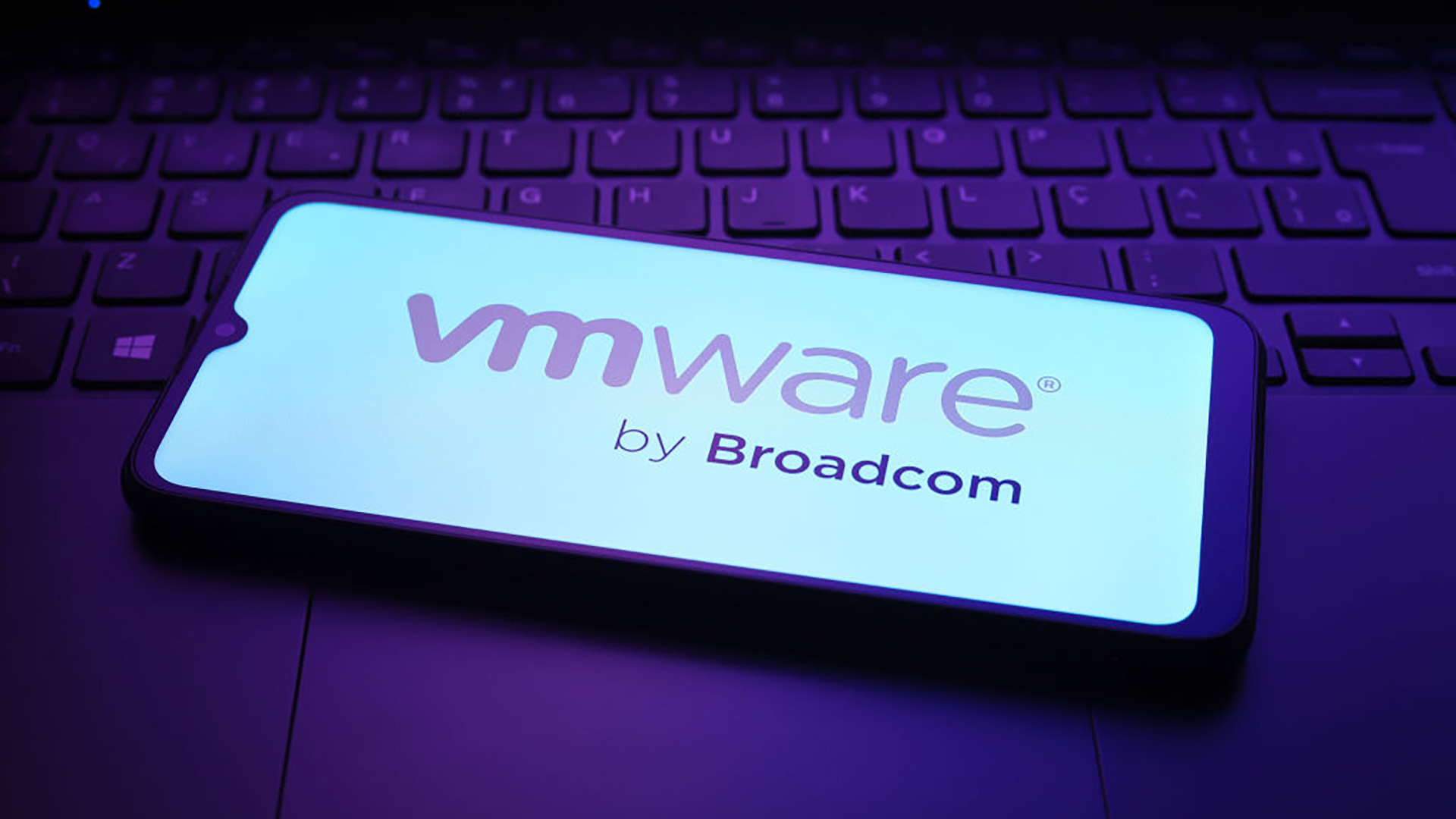Cisco pays out $8.6m in damages over faulty government software
Claim argues company left vulnerable video software unpatched for five years


Cisco agreed to pay $8.6 million in civil damages on Wednesday following a legal complaint that argued the company knowingly sold unsecure surveillance equipment to US federal, state and government agencies.
It marks the first time a company has paid out in a False Claims Act dispute over failing cyber security standards, according to attorneys involved in the case speaking to the New York Times.
According to the legal complaint, the US government said video surveillance software supplied by Cisco was "of no value" because it didn't enhance security in the way advertised. It added that the Cisco software, in many cases, reduced the security offered by the government's other systems, too.
An issue was originally identified in 2008 by James Glenn, a Cisco subcontractor in Denmark, after he found he was able to bypass security protocols to take over the video surveillance software, as well as gain access to any network to which the system was connected.
"Due to the vulnerability in Cisco's surveillance system, any user who has or can gain access to one video camera could potentially gain unauthorised access to the entire network of a federal agency," the claim said.
Despite immediately notifying Cisco, Glenn retested the exploit again in 2010, discovering that the software was still vulnerable.
Cisco didn't disclose these vulnerabilities until 2013, five years after Glenn originally reported the issues as part of a vulnerability disclosure practice that, at the time, was in its infancy but is now followed industry-wide.
Get the ITPro daily newsletter
Sign up today and you will receive a free copy of our Future Focus 2025 report - the leading guidance on AI, cybersecurity and other IT challenges as per 700+ senior executives
"Multiple security vulnerabilities exist in versions of Cisco VSM prior to 7.0.0, which may allow an attacker to gain full administrative privileges on the system," said Cisco in its 2013 vulnerability disclosure.
"We are pleased to have resolved a 2011 dispute involving the architecture of a video security technology product," said Cisco spokeswoman Robyn Blum. "There was no allegation or evidence that any unauthorised access to customers' video occurred as a result of the architecture."
Despite fixing the issue, the False Claims Act case argued that Cisco had knowingly supplied its customers with this vulnerable software during the 2008-2013 period.
Among those that joined Glenn in the claim included the states of New York, California, the District of Colombia, as well as Los Angeles International Airport, the Washington D.C. police and the New York City public transport system, all of which had received vulnerable Cisco software.
Some of the highest-value customers also included the US Army, Navy, Air Force and Marine Corps.
Cisco hasn't had a favourable year in the security department. Most notably, vulnerabilities affecting the company's trust anchor module (TAm) alarmed industry experts amid claims they couldn't be patched.
At the company's annual Cisco Live conference in June, its security experts were grilled on the Thrangrycat vulnerability but ultimately sidestepped the issue, essentially blaming it on human error and not offering any insight into the action being taken.
In March, Cisco struggled to fix two vulnerabilities in a range of its small business routers despite repeated patches, leaving the hardware exposed for more than two months.

Connor Jones has been at the forefront of global cyber security news coverage for the past few years, breaking developments on major stories such as LockBit’s ransomware attack on Royal Mail International, and many others. He has also made sporadic appearances on the ITPro Podcast discussing topics from home desk setups all the way to hacking systems using prosthetic limbs. He has a master’s degree in Magazine Journalism from the University of Sheffield, and has previously written for the likes of Red Bull Esports and UNILAD tech during his career that started in 2015.
-
 Should AI PCs be part of your next hardware refresh?
Should AI PCs be part of your next hardware refresh?AI PCs are fast becoming a business staple and a surefire way to future-proof your business
By Bobby Hellard
-
 Westcon-Comstor and Vectra AI launch brace of new channel initiatives
Westcon-Comstor and Vectra AI launch brace of new channel initiativesNews Westcon-Comstor and Vectra AI have announced the launch of two new channel growth initiatives focused on the managed security service provider (MSSP) space and AWS Marketplace.
By Daniel Todd
-
 Hackers are targeting Ivanti VPN users again – here’s what you need to know
Hackers are targeting Ivanti VPN users again – here’s what you need to knowNews Ivanti has re-patched a security flaw in its Connect Secure VPN appliances that's been exploited by a China-linked espionage group since at least the middle of March.
By Emma Woollacott
-
 Broadcom issues urgent alert over three VMware zero-days
Broadcom issues urgent alert over three VMware zero-daysNews The firm says it has information to suggest all three are being exploited in the wild
By Solomon Klappholz
-
 Nakivo backup flaw still present on some systems months after firms’ ‘silent patch’, researchers claim
Nakivo backup flaw still present on some systems months after firms’ ‘silent patch’, researchers claimNews Over 200 vulnerable Nakivo backup instances have been identified months after the firm silently patched a security flaw.
By Solomon Klappholz
-
 Everything you need to know about the Microsoft Power Pages vulnerability
Everything you need to know about the Microsoft Power Pages vulnerabilityNews A severe Microsoft Power Pages vulnerability has been fixed after cyber criminals were found to have been exploiting unpatched systems in the wild.
By Solomon Klappholz
-
 Vulnerability management complexity is leaving enterprises at serious risk
Vulnerability management complexity is leaving enterprises at serious riskNews Fragmented data and siloed processes mean remediation is taking too long
By Emma Woollacott
-
 A critical Ivanti flaw is being exploited in the wild – here’s what you need to know
A critical Ivanti flaw is being exploited in the wild – here’s what you need to knowNews Cyber criminals are actively exploiting a critical RCE flaw affecting Ivanti Connect Secure appliances
By Solomon Klappholz
-
 Researchers claim an AMD security flaw could let hackers access encrypted data
Researchers claim an AMD security flaw could let hackers access encrypted dataNews Using only a $10 test rig, researchers were able to pull off the badRAM attack
By Solomon Klappholz
-
 A journey to cyber resilience
A journey to cyber resiliencewhitepaper DORA: Ushering in a new era of cyber security
By ITPro